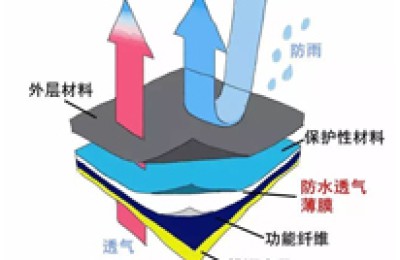News that the Federal Reserve will raise interest rates in March has come out again. Recently, several economic data released by the United States have been stronger than expected, and some Federal Reserve officials have expressed a hawkish stance. Market expectations for the Federal Reserve to continue to aggressively raise interest rates have once again increased. Subsequently, the RMB exchange rate fell.
On the morning of February 24, both onshore and offshore RMB exchange rates fell against the US dollar. The onshore RMB exchange rate against the U.S. dollar was reported at 6.9192 yuan, down 274 basis points from the previous closing price, reaching an intraday low of 6.9220 yuan, falling below the 6.92 yuan mark, the lowest since January 4. The offshore RMB exchange rate against the U.S. dollar was reported at 6.9295 yuan, down 123 basis points from the previous closing price, reaching an intraday low of 6.9327 yuan, falling below the 6.93 yuan mark, setting a new low since January 4.
Exchange rate fluctuations affect Bubo’s profits
What impact will exchange rate fluctuations have on foreign trade companies in the textile industry? First of all, it must be the order-taking aspect. It is understood that most export companies currently have two quotation methods, real-time remittance quotation and fixed exchange rate quotation. According to the real-time exchange rate quotation, when the exchange rate drops, the U.S. dollar price will become lower. Obviously, Boss Bu’s profits will decrease. If the quotation is based on a fixed exchange rate, although the U.S. dollar price should not change, foreign customers will also lower the price due to the drop in the exchange rate, and the price may be adjusted downwards. In the end, it was Boss Bu who lost.
According to research and analysis by researchers at the Securities and Futures Research Institute of the Central University of Finance and Economics, one of the main factors affecting the recent RMB exchange rate is the fall in demand for foreign exchange settlement in February. In fact, it is easy to understand. After the Spring Festival in January, it is an important node when companies need funds. Moreover, the RMB exchange rate also reached a low point in January, and most companies have already settled foreign exchange. At the same time, business orders almost stagnated in January. By February, there were naturally not many orders requiring foreign exchange settlement. Therefore, currently, textile foreign trade bosses do not have many U.S. dollars that need to be settled in foreign exchange. It will be a good time to settle foreign exchange in the near future, and I hope Boss Bu can seize it.
Fed’s interest rate hike affects polyester raw material profits
Under the macro pressure gradually intensified by the Federal Reserve’s interest rate hike expectations, oil prices have fallen repeatedly. As of last Wednesday, WTI crude oil had experienced a “sixth consecutive decline”, sliding from the US$80 range to around US$74, a drop of nearly 8%. With the decline in crude oil, polyester raw materials such as PTA and ethylene glycol have been driven down. At the same time, the production and sales of polyester filament are still light, and the upstream market is generally light.
The current profitability of polyester raw materials is very poor. In terms of PTA, the current loss is around 380 yuan/ton. In terms of ethylene glycol, the current loss is US$215/ton. In terms of polyester filament, the price of polyester yarn has changed greatly this week due to the large change in cost, and the price of polyester yarn products has also changed. Therefore, the profit has changed greatly and the profit has decreased; FDY150D profit has decreased, and the current profit is 245 yuan/ton; POY 150D profit has significantly The current profit is 215 yuan/ton; the loss of DTY 150D is reduced, and the current loss is 35 yuan/ton.
On the downstream side, although the operating rates of weaving and printing and dyeing have been at a relatively high level in recent years, the actual consumption is dominated by orders before the year, and new orders after the year are not as expected. Especially in foreign trade, there is a lack of orders and new orders are not being placed smoothly. The main reason for the weak foreign trade orders is still the failure of the global economy to recover, and now the chain reaction of the Federal Reserve’s interest rate hikes has intensified global economic risks, and consumption power has further declined.
Indonesia has laid off 64,000 garment workers and Italy has 12,000 textile companies. Due to rising energy prices and increasing costs, more and more local companies are facing layoffs, production cuts and shutdowns… The global textile industry is facing difficulties, with high costs and Due to the dual pressure of downstream weakness, the future of the company is still bumpy.
</p







